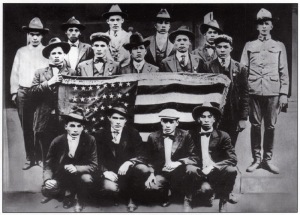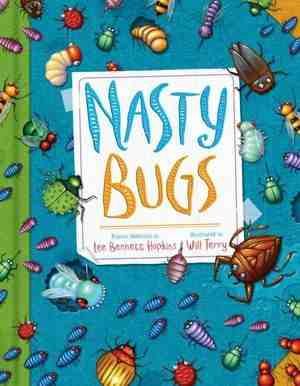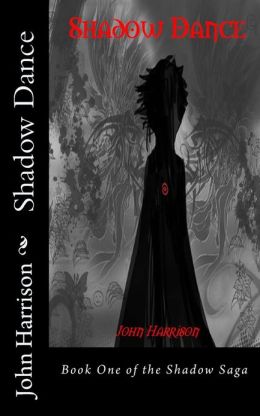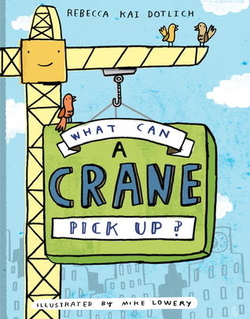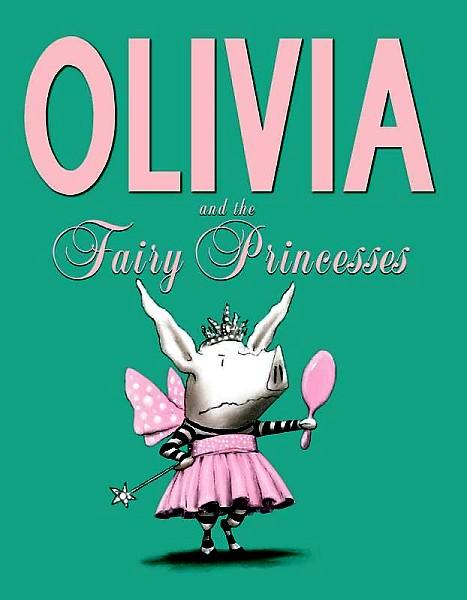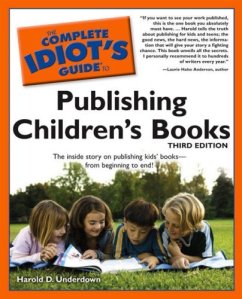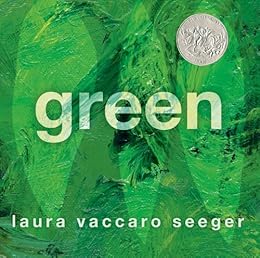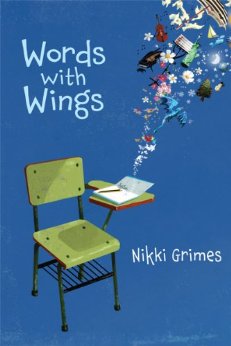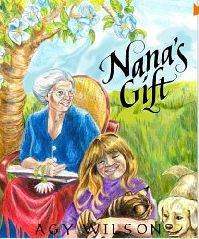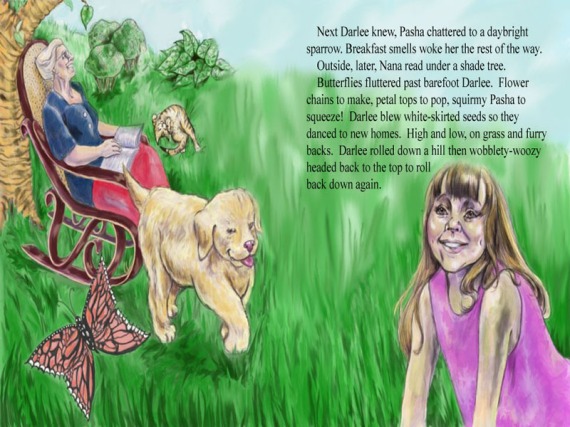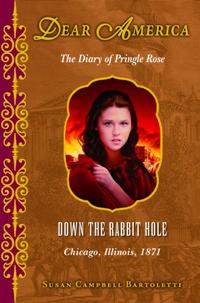I’m deeply moved by our military men and women who don the uniform of our various military branches, who may enlist for different reasons, yet are willing to make the ultimate sacrifice. They know all too well that they can, and most likely will, be called upon to place their lives in harm’s way for our sake, and untold millions around the world.
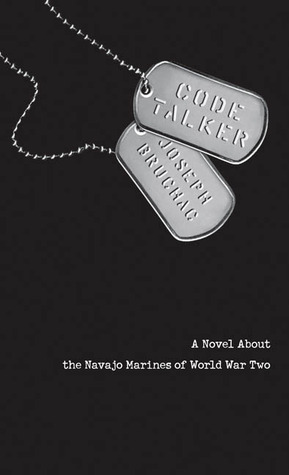 This memorial day, I feel compelled to share Code Talker: A Novel About the Navajo Marines of World War Two. This stirring young adult tale recounts how a group of Navajo marines came to become major players in WWII victory in the face of horrendous racially biased treatment.
After being taught in a boarding school run by whites that Navajo is a useless language, Ned Begay and other Navajo men are recruited by the Marines to become Code Talkers, sending messages during World War II in their native tongue.
This memorial day, I feel compelled to share Code Talker: A Novel About the Navajo Marines of World War Two. This stirring young adult tale recounts how a group of Navajo marines came to become major players in WWII victory in the face of horrendous racially biased treatment.
After being taught in a boarding school run by whites that Navajo is a useless language, Ned Begay and other Navajo men are recruited by the Marines to become Code Talkers, sending messages during World War II in their native tongue.
In the measured tones of a Native American storyteller, Bruchac assumes the persona of a Navajo grandfather telling his grandchildren about his World War II experiences. Protagonist Ned Begay starts with his early schooling at an Anglo boarding school, where the Navajo language is forbidden, and continues through his Marine career as a "code talker," explaining his long silence until "de-classified" in 1969. Begay's lifelong journey honors the Navajos and other Native Americans in the military, and fosters respect for their culture. Bruchac's gentle prose presents a clear historical picture of young men in wartime, island hopping across the Pacific, waging war in the hells of Guadalcanal, Bougainville, and Iwo Jima. Nonsensational and accurate, Bruchac's tale is quietly inspiring, even for those who have seen Windtalkers, or who have read such nonfiction works as Nathan Aaseng's Navajo Code Talkers (Walker, 1992), Kenji Kawano's Warriors: Navajo Code Talkers (Northland, 1990), or Deanne Durrett's Unsung Heroes of World War II: The Story of the Navajo Code Talkers (Facts On File, 1998). For those who've read none of the above, this is an eye-opener. - School Library JournalJoseph Bruchac is a highly acclaimed Abenaki children's book author, poet, novelist and storyteller, as well as a scholar of Native American culture. Coauthor with Michael Caduto of the bestselling Keepers of the Earth series, Bruchac's poems, articles and stories have appeared in over 500 publications, from Akwesasne Notes and American Poetry Review to National Geographic and Parabola. He has authored more than 50 books for adults and children.
Code talkers were people who used obscure languages as a means of secret communication during wartime. The term is now usually associated with the United States soldiers during the world wars who used their knowledge of Native-American languages as a basis to transmit coded messages. In particular there were approximately 400-500 Native Americans in the United States Marine Corps whose primary job was the transmission of secret tactical messages. Code talkers transmitted these messages over military telephone or radio communications nets using formal or informally developed codes built upon their native languages. Their service improved communications in terms of speed of encryption at both ends in front line operations during World War II.
The name code talkers is strongly associated with bilingual Navajo speakers specially recruited during World War II by the Marines to serve in their standard communications units in the Pacific Theater. Code talking, however, was pioneered by Choctaw Indians serving in the U.S. Army during World War I. These soldiers are referred to as Choctaw code talkers.
Other Native American code talkers were deployed by the United States Army during World War II, including Cherokee, Choctaw, Lakota, Meskwaki, and Comanche soldiers. Soldiers of Basque ancestry were used for code talking by the U.S. Marines during World War II in areas where other Basque speakers were not expected to be operating.
"They were a small band of warriors who created an unbreakable code from the ancient language of their people and changed the course of modern history."Six-year-old Ned Begay leaves his Navajo home for boarding school, where he learns the English language and American ways. At 16, he enlists in the U.S. Marines during World War II and is trained as a code talker, using his native language to radio battlefield information and commands in a code that was kept secret until 1969. Rooted in his Navajo consciousness and traditions even in dealing with fear, loneliness, and the horrors of the battlefield, Ned tells of his experiences in Hawaii, Guadalcanal, Bougainville, Guam, Iwo Jima, and Okinawa. The book, addressed to Ned's grandchildren, ends with an author's note about the code talkers as well as lengthy acknowledgments and a bibliography. The narrative pulls no punches about war's brutality and never adopts an avuncular tone. Not every section of the book is riveting, but slowly the succession of scenes, impressions, and remarks build to create a solid, memorable portrayal of Ned Begay. Even when facing complex negative forces within his own country, he is able to reach into his traditional culture to find answers that work for him in a modern context. Readers who choose the book for the attraction of Navajo code talking and the heat of battle will come away with more than they ever expected to find. - Booklist
Choctaws in training in World War I for coded radio and telephone transmissions.
Known as Navajo Code Talkers, they were young Navajo men who transmitted secret communications on the battlefields of WWII. At a time when America's best cryptographers were falling short, these modest sheepherders and farmers were able to fashion the most ingenious and successful code in military history. They drew upon their proud warrior tradition to brave the dense jungles of Guadalcanal and the exposed beachheads of Iwo Jima. Serving with distinction in every major engagement of the Pacific theater from 1942-1945, their unbreakable code played a pivotal role in saving countless lives and hastening the war's end.SOURCE: Official Site of the Navajo Code Talkers
